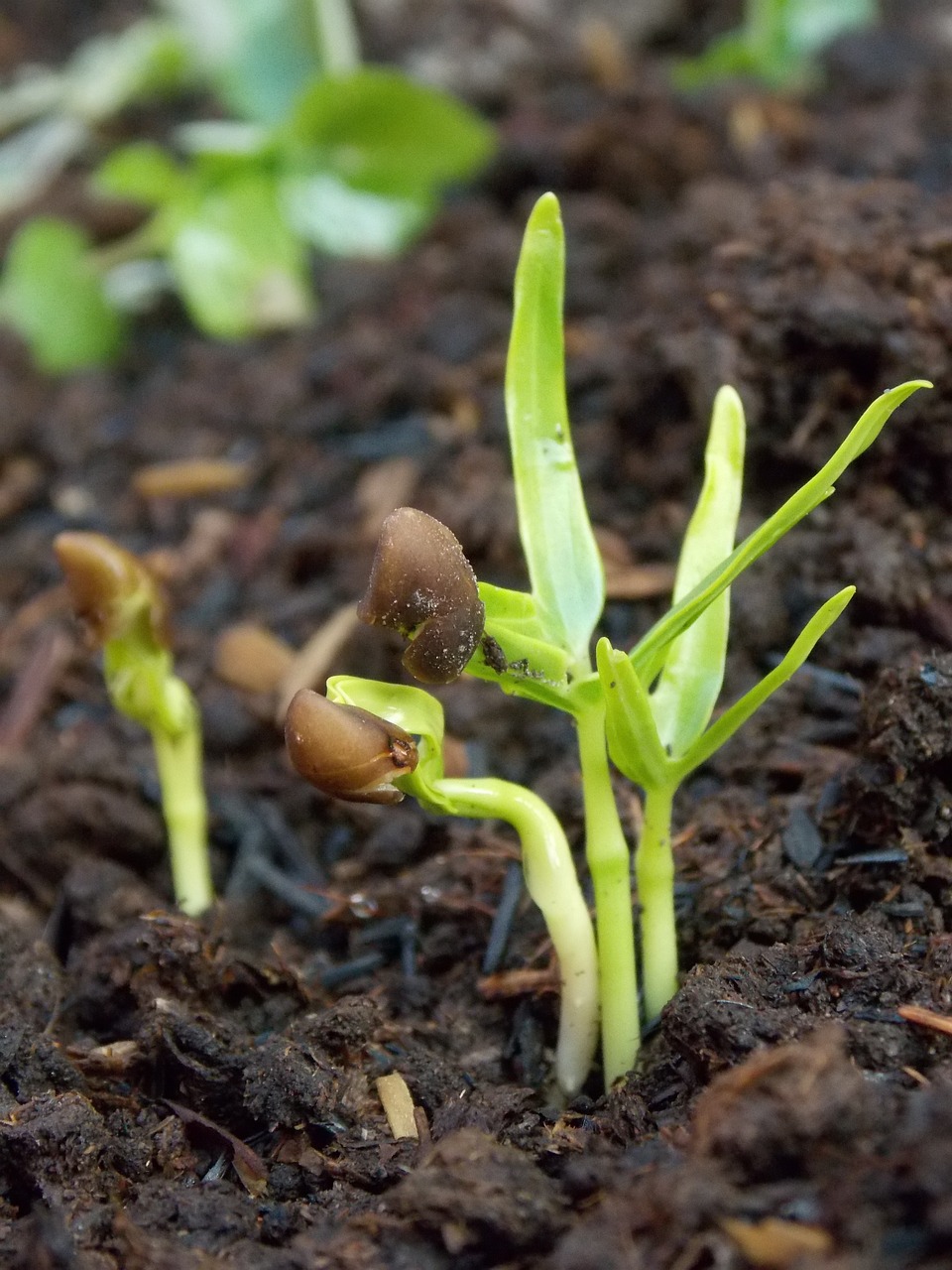I’ve been thinking a lot about practicing Radical Hope.
When I walked the Labyrinth for Winter Solstice last year, I got my word for the year. This is a practice I’ve done each year since 2017.
I did not expect the 2023 Word for My Year to be so terrifying.
The word?
Heartbroken.
Radical Hope in Brokenness
During the pandemic, I wrote a poem/essay/word salad about what it means to be broken, how being broken is a good thing.
Think about a seed in the Spring, which has laid dormant for months.
When we plant seeds, we condemn those seeds to death.
This sounds dramatic and like we’re some kind of evil gardeners. We’re not. We are participating in a cycle of life and death.
It is the seed’s job to destroy itself in order to create something new.
The seed breaks open, shreds its outer lining, and a sprout emerges.
That sprout is Radical Hope.
When we plant seeds of any kind, we are practicing Radical Hope.
It’s All a Cycle

We are taught to think about life in a linear way. Start a project to finish it. Be productive. Move in a straight line.
Trauma and grief recovery does not work like this. LIFE does not work like this.
If there was a finish line, I would have found it. I spent many, many years searching for one.
Trauma and PTSD and grief recovery are all cycles. Not ONE large cycle, but a course of many small cycles.
Every time I go through a grieving cycle, whether it’s from past or present circumstances, I feel like a Phoenix.
In these cycles, I’m submerged in a fire of emotions. My bones and cells and everything I’ve known about this circumstance is turned to ash.
And then I rise again. Renewed. Reborn. Not carrying the trauma and grief from the past, because I let it burn through processing it. Letting it cycle through, so that I am not destroyed.
What is so Radical About Hope?
Hope is knowing that even though we feel like we are being destroyed, we will rise again. We will sprout something fruitful and lush and green. We will grow wings of greater wisdom.
The world is hard and we are soft.
Sometimes – especially now – it is very difficult to know how to live in this world. How to BE in this world of chaos and war and hate and despair and hopelessness.
We can choose to participate in the cycle of Radical Hope.
We can choose to allow ourselves to be broken, and then rebuild.
To allow ourselves to burn, and then rise again.
To be Hope personified.

I’m offering a Trauma & Grief Writing: Own Your Story for the New Year small group. One writing day a month for 6 months. Small group of 6 writers. No judgement, but Radical Hope. Only $50 holds your spot, and payment plans are available. Go here for more details.
Try Trauma Recovery & Grief Recovery Coaching

Sign up here to get a free copy of Five Things Every Trauma Survivor Needs to Know AND
61 Tips About the Grief Experience.
Find out more about Trauma and Grief Recovery Coaching
I offer one-on-one sessions, groups, PTSD Remediation, and classes. Appointments are offered in-person and online.
Try Trauma Recovery and Grief Recovery Coaching for Free! Book a free 30-minute Discovery Call to find out more!













